
Sin Thau Commune - the westernmost place of the country, the borderland of Dien Bien province, is quiet in the middle of the forest but contains a lot of potential thanks to the wild beauty and cultural depth of the ethnic communities. From the sacred landmark of A Pa Chai, to the landscapes and indigenous festivals imbued with the soul of the mountains and forests, this land is attracting many tourists to leave their mark on the journey to discover the simple but captivating beauty of the border landscape.
Special " tourism ambassadors"
Where the mountains and forests connect, to the Ha Nhi community, the forest is the fresh air in the early morning, the sound of the stream lulling the children to sleep, the cool shade of the trees where the market gathers, the source of all livelihoods and beliefs. The forest surrounds the village like a mother's arms. The Ha Nhi people preserve each tree and each stream as their bloodline. They believe that the sacred forest cannot be hunted or cut down; they believe that the forest has a soul and life. In that space of persistent green, a beautiful way of life has been formed: following nature, morality and the most lasting values. That is the foundation for the Ha Nhi people to preserve culture, nurture identity and open the door to a future of development without the loss of the mountains and forests.
Now, a new rhythm of life has appeared in the rustic rammed earth houses in Sin Thau commune when they became homestays welcoming visitors from all over the world. In the story of preserving the culture and developing tourism of the Ha Nhi people, women play a key role, from preparing blankets, cooking, welcoming, to spreading customs and practices, singing and dancing folk songs in exchange programs.
They are like “tourism ambassadors” who do not need titles but are always imbued with national pride in every gesture and word. And of course, the traditional costume sewing profession of the Ha Nhi people does not stop at serving themselves and their families but is gradually becoming a valuable tourism product. Traditional costumes made by the hands of Ha Nhi women are now sought after by tourists, rented to take photos, and to participate in festivals; the needles that used to quietly sew by the fire have now become a bridge between the village and the outside world.
For the Ha Nhi people, especially women, the traditional costume becomes a source of pride, showing their industrious and skillful hands and the beauty of their souls. From the elaborate headdress, the long dress with a slit at the chest and a rainbow-colored sleeve to the short shirt with silver buttons, every detail is created with patience and meticulousness. Ms. Po My Le, Deputy Secretary of the Party Committee of Sin Thau commune - a typical Ha Nhi woman in preserving traditional culture - said: "A complete costume can take more than three months to complete, if you make it yourself. If you buy it from your fellow countrymen, the price can be up to 6-7 million VND. But the value is not only in money, but more importantly, it is national pride."
Traditional costumes serve the spiritual life during Tet holidays, ancestor worship or village festivals, and also attract tourists, bringing them closer to the culture of the Ha Nhi ethnic group. Many tourists coming to A Pa Chai, when visiting villages or staying at homestays, are deeply impressed by the colorful Ha Nhi women's costumes that still retain a rustic and harmonious look.
Every afternoon, when the sunset falls on the valley, the smoke from the kitchen swirls around the roof of the rammed earth house, people often see grandmothers embroidering scarves, mothers sewing shirts, and daughters sitting next to them, secretly learning each first stitch. In the life of the Ha Nhi community, women are the ones who keep the fire in the kitchen, and also the ones who keep the cultural fire, passing on the quintessence of the nation through each generation with their skillful hands and proud hearts.
Ms. Po My Le could not hide her emotions when talking about the first outfit her mother made for her when she was seven years old: "It was a red dress with embroidered patterns on the wrists and an indigo border. My mother said that when Ha Nhi girls reach school age, they must know how to wear their own clothes so they don't forget who they are." From then on, she began to learn embroidery, and later sewed clothes for her daughter herself. That tradition has quietly continued for generations like a silent stream in the great forest. Each grandmother and mother is a teacher, teaching their children and grandchildren through words and actions, from preserving the custom of worshiping ancestors, making sticky rice cakes on Tet holiday, to how to behave in the family and village.
As modern life has penetrated the village, many young Ha Nhi people have proactively returned to learn sewing, preserve ancient singing and dancing, and also to do tourism. Ha Nhi girls now not only work in the fields, but also become tour guides, young artisans, homestay business owners... Girls have been wearing traditional costumes since they could walk. On every major festival of the Ha Nhi people, such as the rainy season Tet or the village worship ceremony, the image of women of all ages wearing costumes, dancing and singing around the fire is both sacred and familiar.
The art of making traditional Ha Nhi costumes, recognized as a National Intangible Cultural Heritage in 2023, is a great motivation for Ha Nhi women to continue to preserve and spread culture from simple daily things: from production labor, weaving, welcoming guests... to the way they passionately love the land they live on through each story, each song, and each dance.
Bridges help the journey of preserving sustainable culture
Currently, in the border commune of Sin Thau, the local government coordinates with social organizations to open vocational training classes, support materials and equipment, helping women both preserve their cultural identity and create valuable tourism products. That companionship is the bridge that helps the journey of preserving culture go further and more sustainably in the new life. Many people have turned their own skills into a livelihood by sewing shirts, scarves, bags, and hats to sell to domestic and international tourists. Highland markets or small stalls right at homestays have become places to display handicrafts imbued with Ha Nhi identity, both providing a source of income and a way for traditional ethnic culture to "live" in modern life.
In the rammed earth house, the emerging women in tourism always cook for their guests. Not because of a lack of people, but because they want guests to have a real Ha Nhi meal with fragrant sticky rice cakes, smoked meat, a bowl of forest leaf soup with a characteristic pungent taste and most importantly, the warmth of hospitality that is not easily mixed.
By the fire, the women whispered: "Ha Nhi women have long taken care of everything, from farming, raising children to rituals keeping... Now doing tourism is also difficult, but it is also to preserve the old things in a new way."
Mrs. Su Lo De, an elderly artisan in Sin Thau, still preserves dozens of folk dances and songs. Whenever guests come to the village, she sings, dances, and tells stories to the children around her, her eyes shining amidst her gentle wrinkles.
“In the past, we used to walk for days to the district to dance and sing. Now that I'm old, I dance in the village, but it's still as fun as ever,” she smiled, then took out an unfinished embroidered scarf from her basket, continuing each stitch, as if continuing a story that had not yet been told. People like her are the living memories of the entire community, so the most lingering thing that makes visitors remember Sin Thau is not just the mountains and forests, but the quiet and passionate people like her.
In a small homestay in Sin Thau commune, young women are learning to cook traditional dishes to entertain guests and to record videos to share on social networks. They laugh and talk excitedly: "In the past, my grandmother and mother only knew how to embroider in the kitchen. Now, when the children and grandchildren finish embroidering or doing something, they post it online and introduce it to tourists. It's so much fun!" That is how the Ha Nhi people step out of the old mold without leaving their roots, knowing how to preserve but also knowing how to change.
According to community tourism experts, models cannot grow spontaneously. More important, planning, strategy and people who deeply understand local culture are needed. The government, social organizations and cultural workers must work together to support the community to step out of the old ways with initiative and confidence.
Short-term training courses on tourism, homestay management, communication skills, introducing local products, etc. were organized on-site with familiar language to help Ha Nhi women - who are only used to taking care of fields and cooking - become "professional hosts" welcoming guests with the pristine beauty of their village.
The true community tourism model does not lie in the beautifully painted homestays, but in the vivid, emotional stories behind each house. Tourists come to Sin Thau to enjoy the scenery, but also to live slowly in the forest, listen to an ancient song, make Tet sticky rice cakes by hand, wear hand-embroidered clothes and feel the breath of a culture that is still throbbing.
Therefore, supporting the restoration of festivals, preserving folk songs, maintaining embroidery and weaving should not stop at competitions, but should “live” in every home, every classroom, every evening around the fire. Culture needs to be continued in daily life, so that it can become a real resource for tourism.
According to tourism development experts, the Ha Nhi people do not need to become professional tour guides to do tourism. They just need to be themselves in a proud and open way: An old man telling old stories, a mother teaching her child to mend clothes, a child singing a folk song in the village yard... are enough to make visitors from afar feel like they are in a land with a soul.
If community tourism is properly “handed over”, it will help people not have to leave their villages to find a living, but can turn their own roots into a new source of life. It is not a trade-off but a spirit of harmony between tradition and modernity, between identity and development, between wild mountains and forests and an open future. And then, in the rustling wind in the saman forest, the smoldering fires from many generations are rekindled in the hope of lighting a new path, where the Ha Nhi people can rise up by their own efforts in the peaceful wilderness and stand tall in quiet pride.
Source: https://nhandan.vn/du-lich-o-cuc-tay-to-quoc-post891793.html


![[Photo] Prime Minister Pham Minh Chinh receives leaders of several leading Brazilian corporations](https://vphoto.vietnam.vn/thumb/1200x675/vietnam/resource/IMAGE/2025/7/6/3622160b379746e6bca82f804ea35e47)
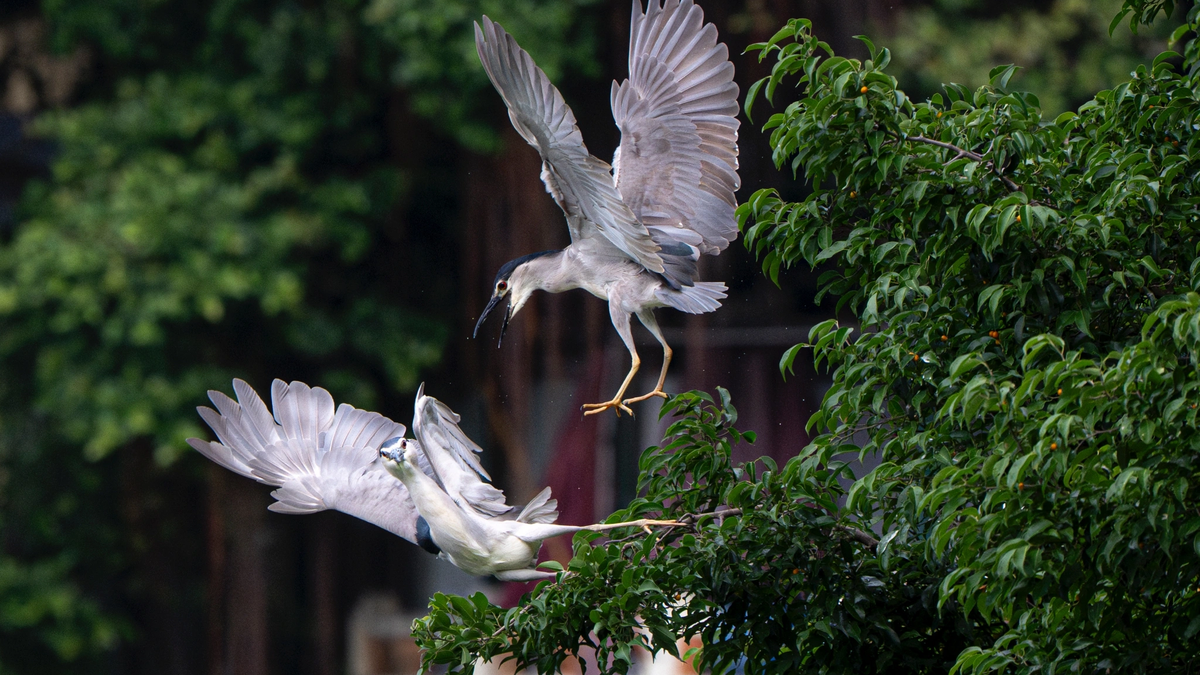
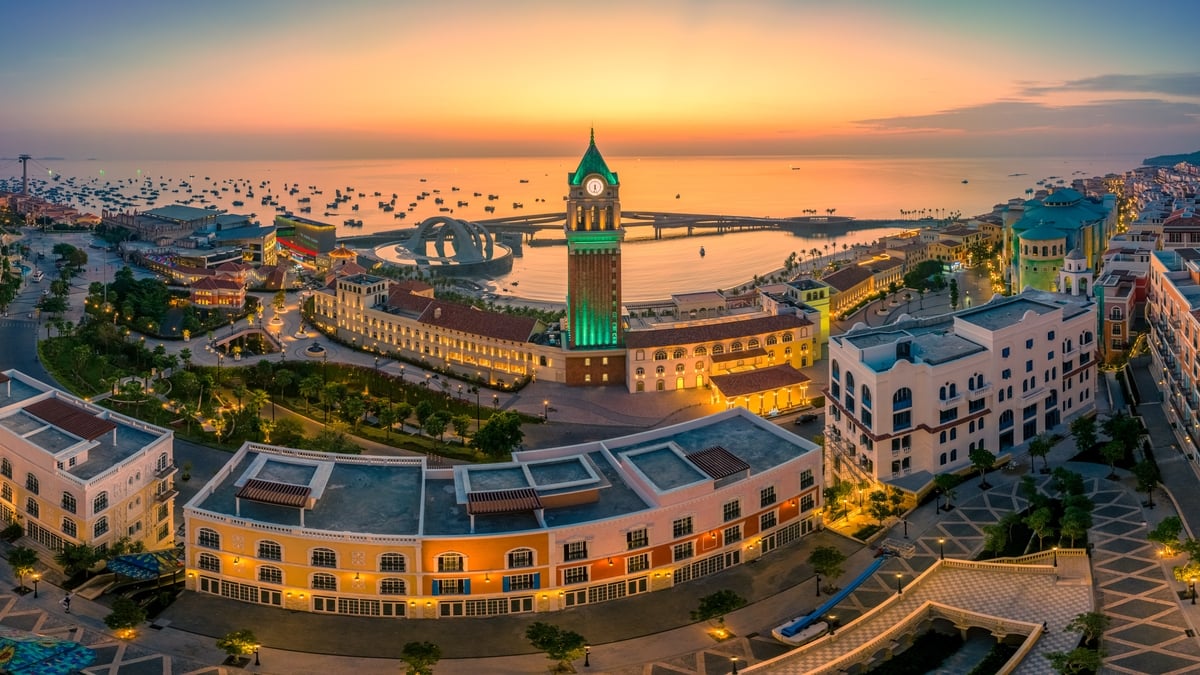
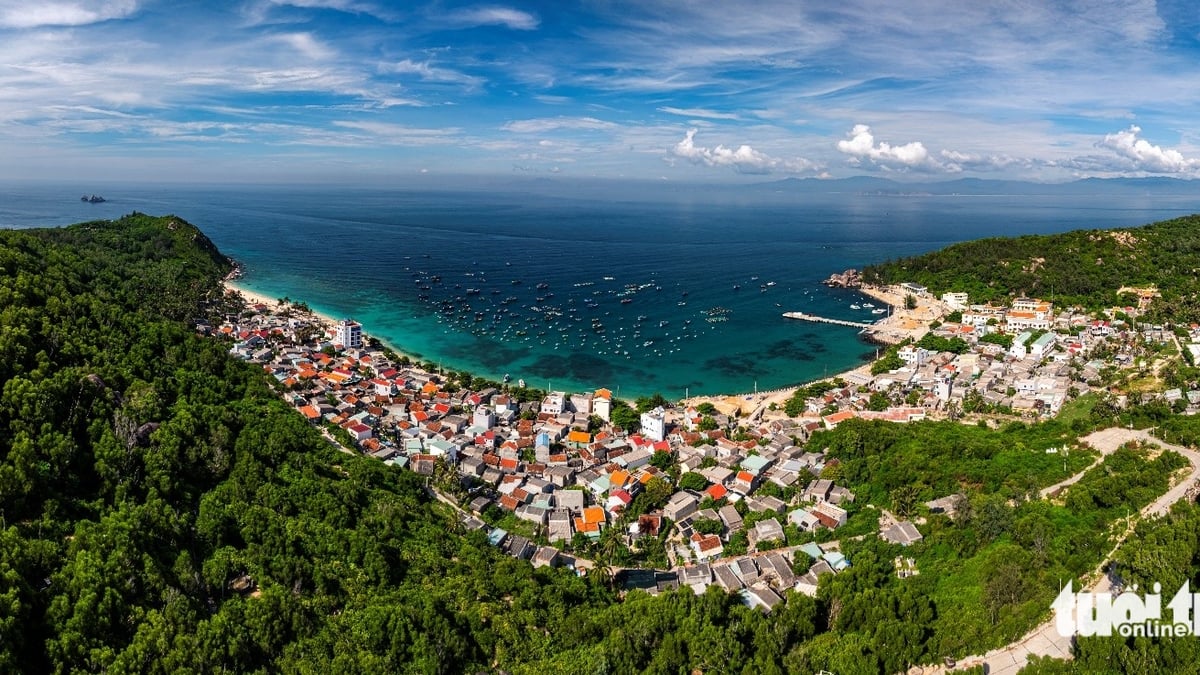
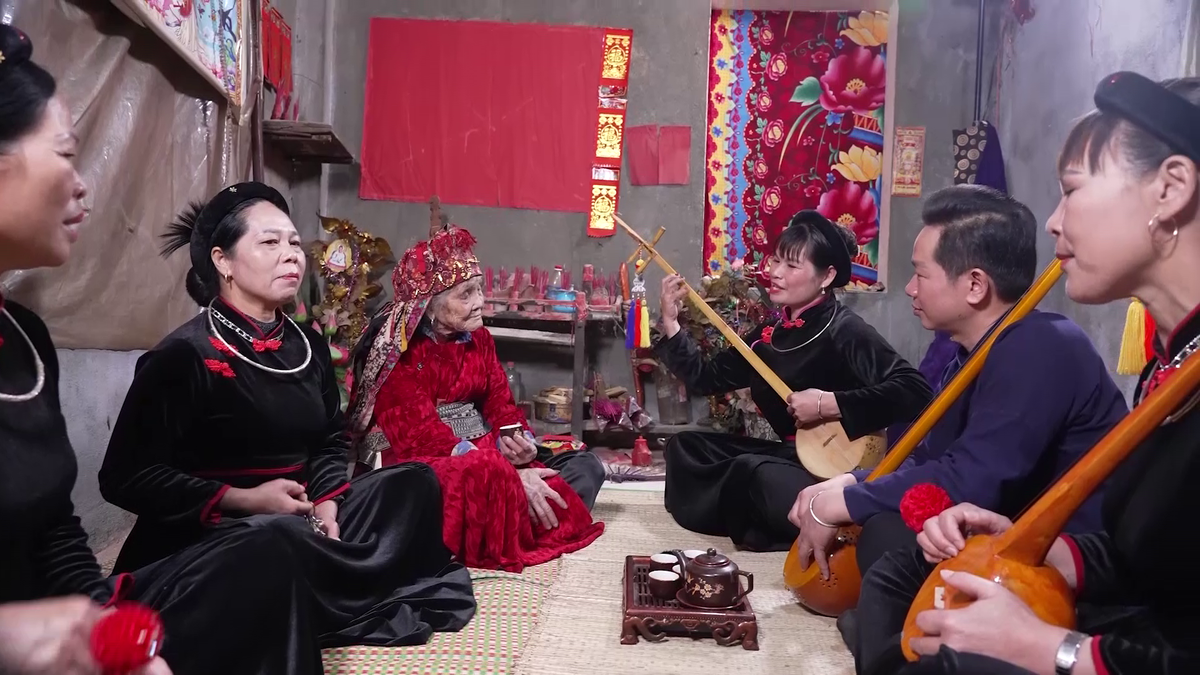

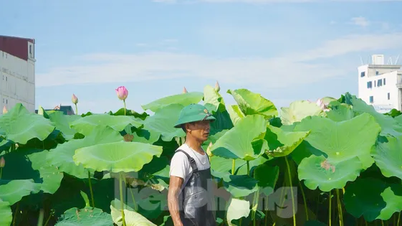

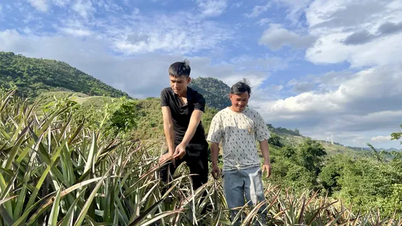
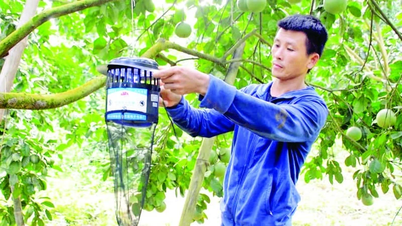
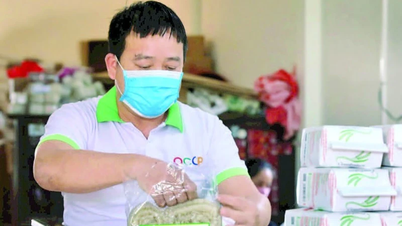
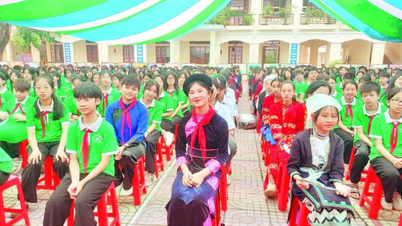
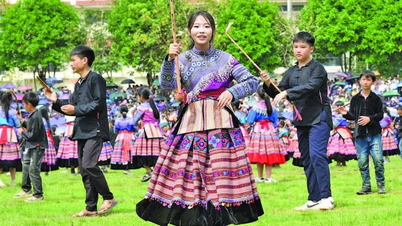




![[Photo] Prime Minister Pham Minh Chinh receives leaders of several leading Brazilian corporations](https://vphoto.vietnam.vn/thumb/402x226/vietnam/resource/IMAGE/2025/7/6/3622160b379746e6bca82f804ea35e47)
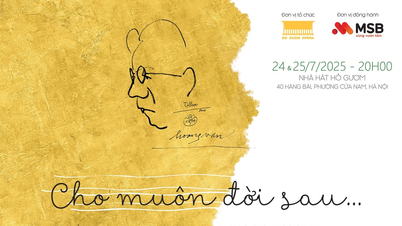
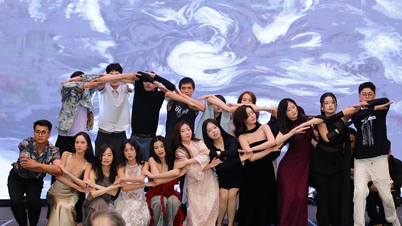
![[Video] Leather painting exhibition "Coming Home Together" - a message of solidarity](https://vphoto.vietnam.vn/thumb/402x226/vietnam/resource/IMAGE/2025/7/7/2d48d044d379499f85867dd98b7f9e78)
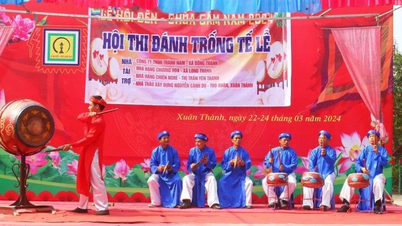


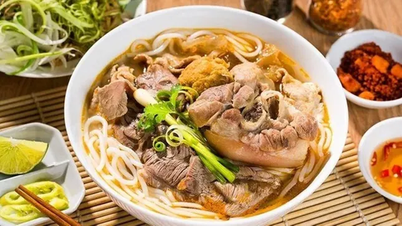
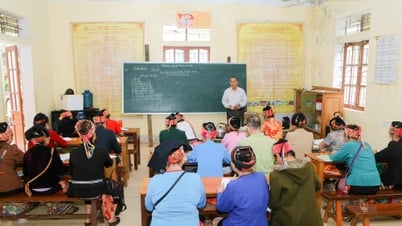



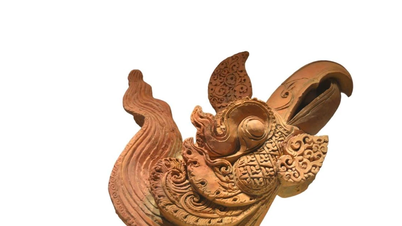

















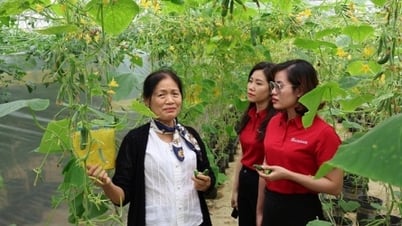

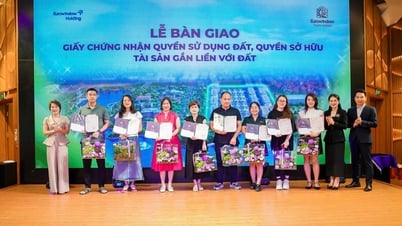












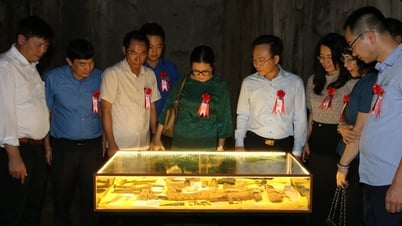



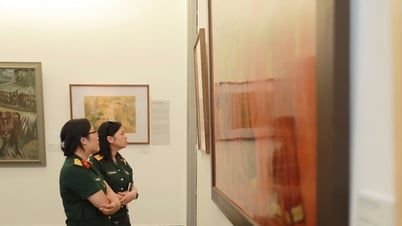






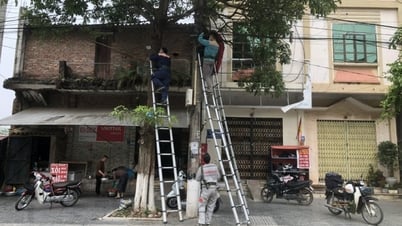


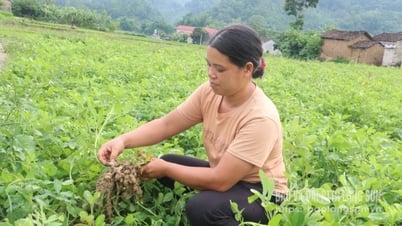




![[OCOP REVIEW] Bay Quyen sticky rice cake: A hometown specialty that has reached new heights thanks to its brand reputation](https://vphoto.vietnam.vn/thumb/402x226/vietnam/resource/IMAGE/2025/7/3/1a7e35c028bf46199ee1ec6b3ba0069e)






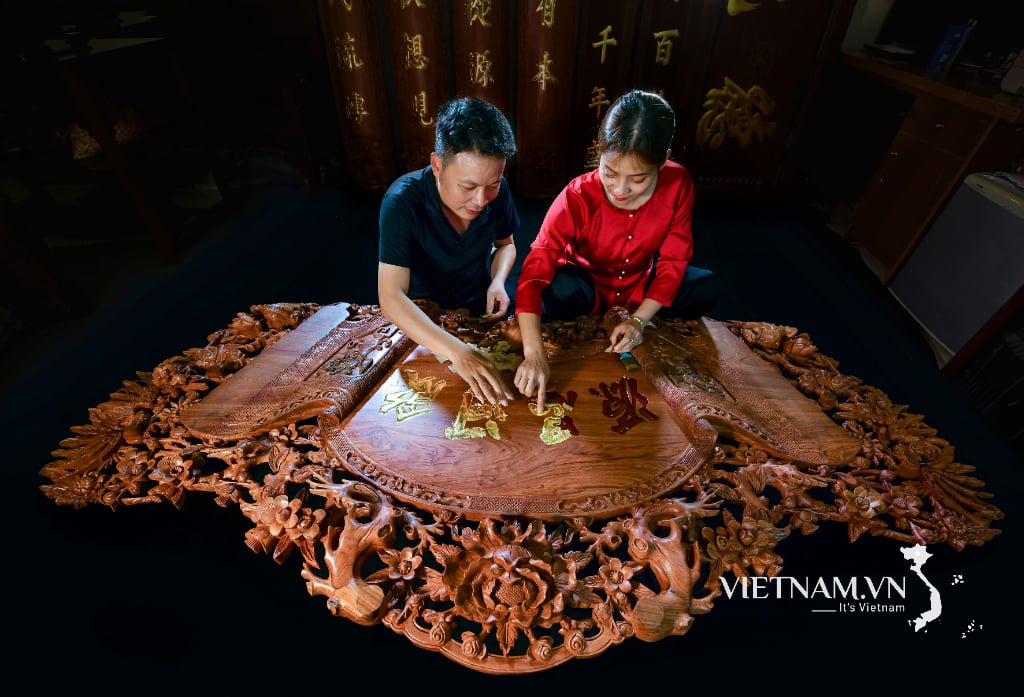


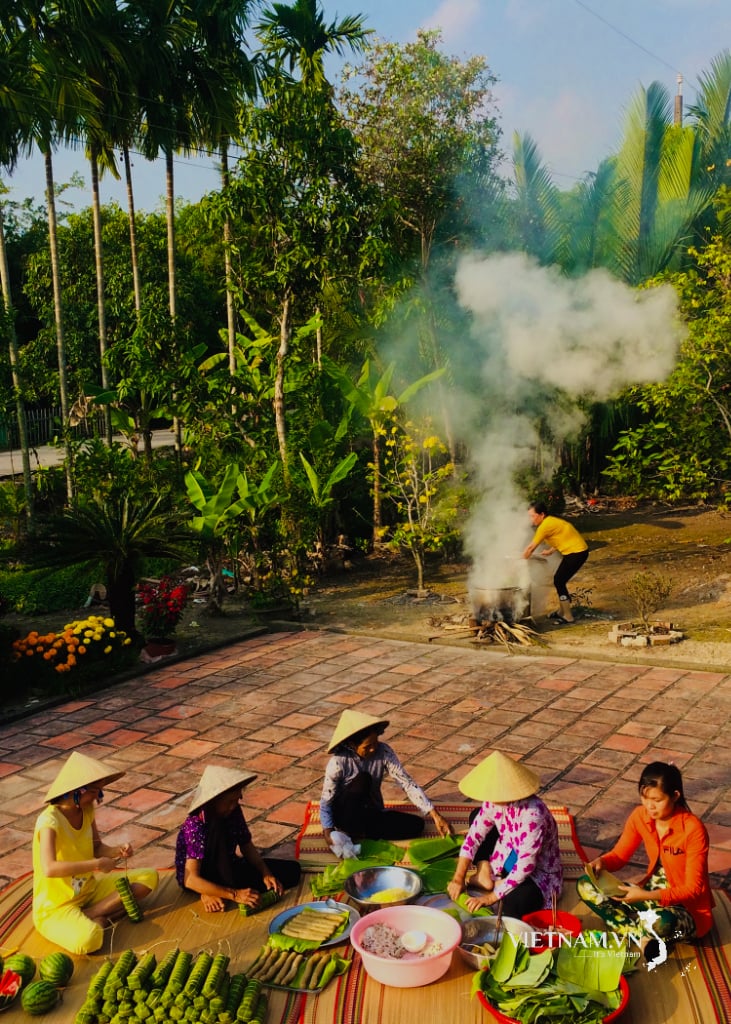
Comment (0)